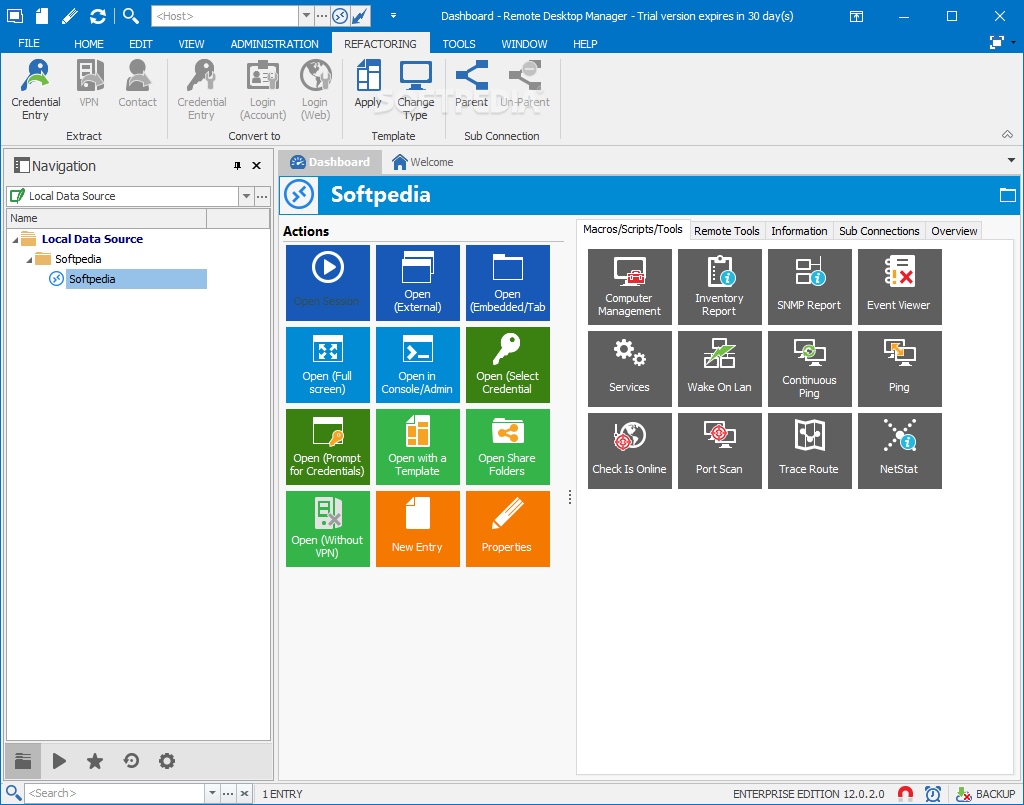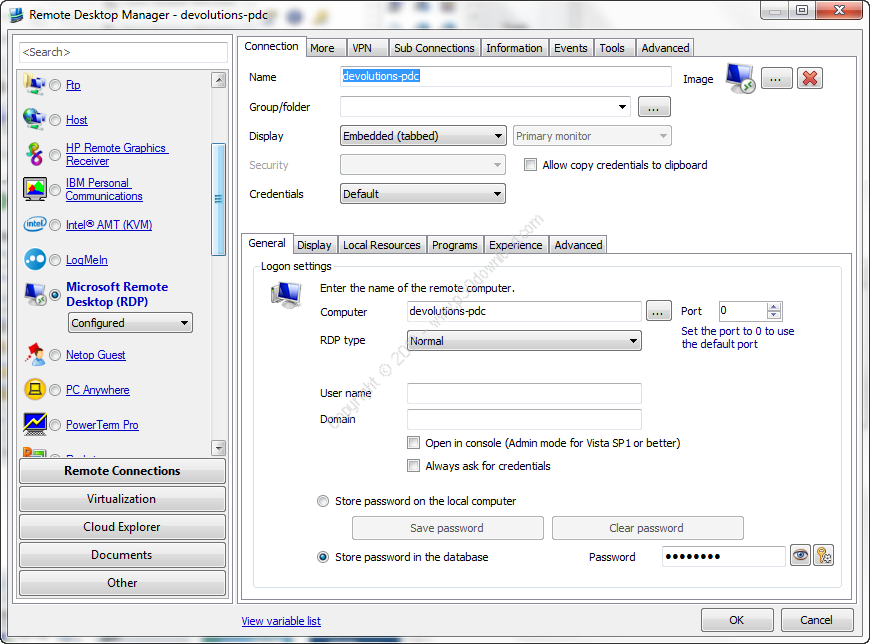


The Register-RdmLicense command registers a license with RDM using its command-line interface. The Uninstall-RdmPackage command uninstalls RDM from the system. It is almost the same as Install-RdmPackage except it restarts RDM after the update if it was previously running. The Update-RdmPackage command downloads and updates the latest RDM package. On Windows and Linux, the sudo command is called to elevate permissions for the installation when the current context is not elevated. On Windows, this only works from an elevated PowerShell session, otherwise the UAC prompt will be used to elevate permissions.

The -Quiet parameter makes a silent installation. The -RequiredVersion parameter forces a specific version number other than the latest. Install-RdmPackage -Platform 'Linux ' Parameters The installation is skipped if RDM is already up to date, unless the -Force parameter is used. The Install-RdmPackage command downloads and installs the latest RDM package for the current platform, and accepts the same parameters as Get-RdmPackage. The -Edition parameter specifies the RDM edition: Enterprise, Free. The -Platform parameter specifies the target platform: Windows, macOS, Linux. Once the RemoteDesktopManager.PowerShellModule PowerShell module is loaded, you can list its commands using Get-Command -Module 'RemoteDesktopManager.PowerShellModule'. Since the RdmHelper PowerShell module is installed the regular way, the Import-RdmModule command becomes automatically available without loading anything manually from a given path, solving the problem in a convenient way. Since the RDM PowerShell module uses the same libraries as RDM, it cannot be shipped separately without including a full copy of RDM along with it (~100MB compressed). Import-Module "C:\Program Files (x86)\Devolutions\Remote Desktop Manager\1 "


 0 kommentar(er)
0 kommentar(er)
